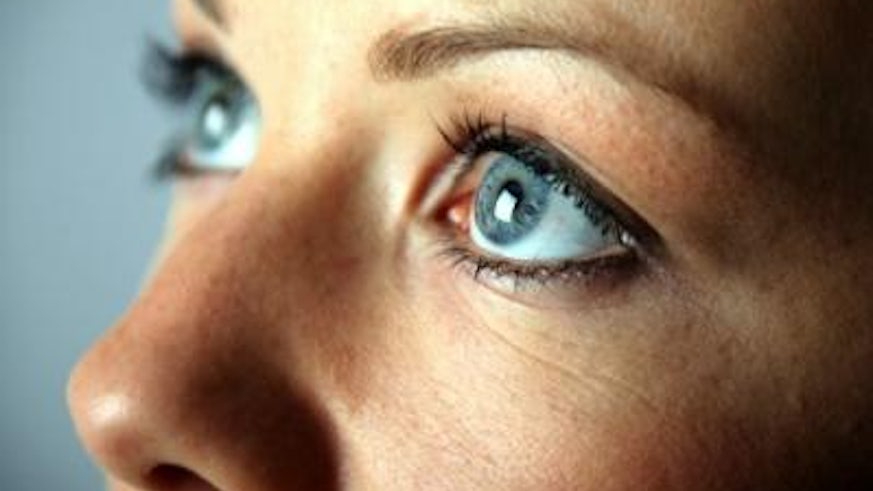Old drugs offer new treatment hope for leading cause of blindness
27 November 2014

An established class of drugs, traditionally used to control HIV/AIDS infections, could soon be harnessed to treat the leading cause of blindness and visual impairment in the UK, for which currently there exists no cure.
This is the conclusion of a breakthrough study, led by the University of Kentucky in collaboration with researchers from Cardiff University, and published in the journal Science. The study finds that Nucleoside Reverse Transcriptase Inhibitors (NRTIs), that have been used for the past 30 years - originally to treat cancer but later repurposed to combat the HIV epidemic – could now be used to treat age-related macular degeneration (AMD), as well as other inflammatory disorders.
AMD is a progressive condition that is untreatable in up to 90% of patients and affects up to 600,000 people in the UK; the equivalent of a city, roughly the size of Bristol. There are two forms of AMD: wet and dry, classified by the presence or absence of blood vessels that have invaded the retina. A detailed understanding of the molecular mechanisms that underlie wet AMD has led to several government-approved treatments. In contrast, there are no approved treatments for dry AMD thus far, but this latest paper offers new hope.
"We were really excited to find that NRTIs worked in treating AMD by blocking a signalling pathway involving a protein molecule, the cell-surface receptor P2X7, already known to be implicated in a number of inflammatory disorders," said Dr Mark Young from the School of Biosciences.
"Our work presents the first evidence for a potential therapy for the untreatable dry form of AMD, a condition which affects millions of people worldwide, with a drug that is already approved for use in humans. It also paves the way for repurposing of the NRTI drug family for treatment of a wide variety of inflammatory diseases whose existence hinge on the involvement of the P2X7 protein."
"So far the efficacy of the NRTIs in combatting AMD has only been proven in mouse models, but given that the drug is already licensed for use in humans, we hope that clinical trials can begin as soon as possible," he added.
NRTIs are the most widely used class of anti-HIV drugs; they are thought to be therapeutic in HIV/AIDS patients because they target the enzyme reverse transcriptase, which is critical for replication of HIV. Previous research has found that a type of toxic molecule, called AluRNA, accumulates in the retina to cause dry AMD; Alu RNA and HIV are similar in that they both require reverse transcriptase to fulfil their life cycle.
In this paper, the researchers report that multiple NRTIs prevented retinal degeneration in a mouse model of dry AMD. However, this preventative effect was not due to the well-known function of these drugs to inhibit reverse transcriptase. Instead, NRTIs blocked an innate immune pathway called the "inflammasome", even in experimental systems in which the NRTIs were not capable of blocking reverse transcriptase.
The researchers also showed that NRTIs were effective in other disease models that share common signalling pathways with the dry AMD model, including the "wet" form of AMD - a disease that when treated still does not lead to substantial vision improvement in two-thirds of patients.
The Cardiff aspect of the research was funded by BBSRC and the full report can be here